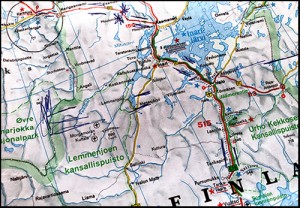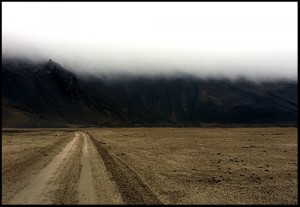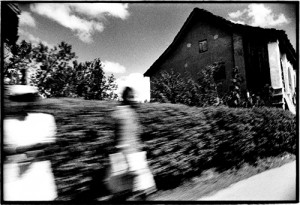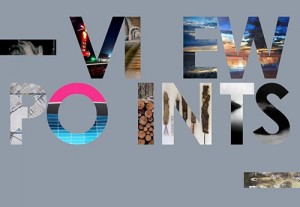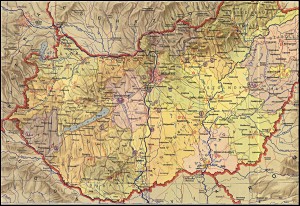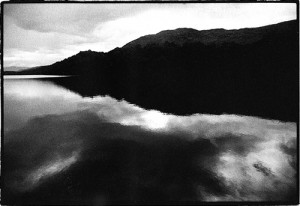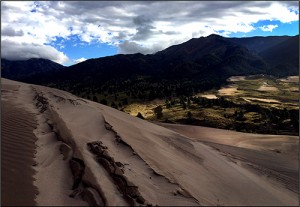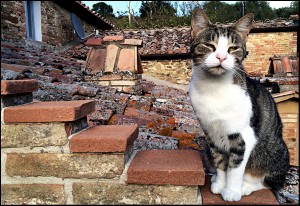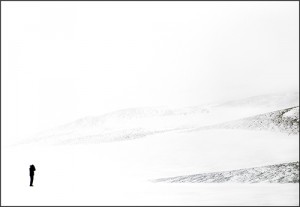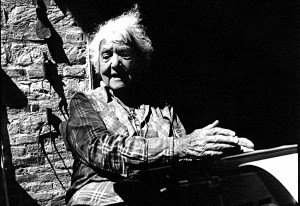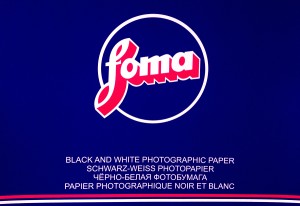The other side
We are in an age of living vicariously through others.
We relish the final products of artists and musicians and how they got there. We pick over their lives and the sound bites given to us via the media.
The finished piece of music, the work of art, the exhibition, the book – displayed and there for all to see, read and listen to. The artist, writer or musician, presented to us, showing off their work, proud and energised, motivated yet exhausted and ready for the next challenge.
This never-before-seen accessibility for fans (fed by television, music press and other media) has perhaps glossed over the basic fact that the driving factor behind the artist’s success is so much more than talent and desire. The simple fact of the matter is that without the hard work, you will not achieve or get the recognition and success that is expected and longed for in this day and age.
The other side of the coin, ironically and conversely, is that we also live in an age where tales of depression, lethargy and breakdowns are commonplace, accepted and occasionally revered. Especially when it comes to artists.
And it is this depression and lethargy that so often stands in the way of the holy grail that is hard work.
Modern life styles and living standards allow people (in the west and within the comforts of the middle and upper classes) to wallow, suffer and float, where perhaps in times gone by they would have sunk. There is a social acceptance and a medical support structure that allows people to survive – you can now float in your dinghy while bouts of depression consume you, no longer either sinking or swimming.
And so, in this accessible, media fed world we live in, what exactly does the consumer, the viewer and the listener really see (and understand) of the artist’s private life and working practice?
What exactly is this path of creativity an artist goes on?
Is a so called ‘creative person’ affected by depression more than another?
Is there a difference between someone who approaches their art as a job and someone who only creates art when they can?
And, most importantly, just how difficult is it for an artist to achieve this holy grail, this trinity of hard work, talent and inspiration?
There is of course no simple answer.
All I know, from personal experience, is that when you are enveloped in your (wonderfully warm, comfortable) duvet of fear and lethargy it is so hard to find that motivation. So hard to see through the excuses, the self doubt and the feeling that you are nothing but a fraud. Too easy to succumb to feeling sorry for yourself. Too easy to find yourself floating, staring into space, unable to stand up, to simply prepare food, let alone print a photograph (paint, write or compose). Perhaps, in a rare burst of energy, you find the power to mix some chemicals for the darkroom or get the paints out, only to watch them, days later go off or dry up.
The simple, basic things in life become close to impossible.
Hours, days go by before you start to see the light and a way out of the fog.
So is it best to accept that this is a cycle you go through? To use this time to channel your thoughts, to work from within your mind rather than to physically create? Are the seeds of future ideas planted during these moments of detachment from the real world?
Perhaps.
And does it help to have other artists paraded before us, achieving the success they do? Or does it merely highlight our own failures?
Would it help to know that they too have their own duvet of fear and lethargy to hide under when it all gets too much? That they too have another, more private side to their lives that we just do not see?
Maybe.
Or maybe it can make matters worse, make us think that these moments of lethargy and depression are normal, removing that sense of urgency that is needed to help us snap out of it, stop us from sinking.
There is of course no universal right or wrong, no simple answer.
All each of us can do is deal with our demons as best we can, continuing to do what we must do: Create, despite (or because of) that side of our lives that we so often succumb to – the other, darker side of our creativity.
